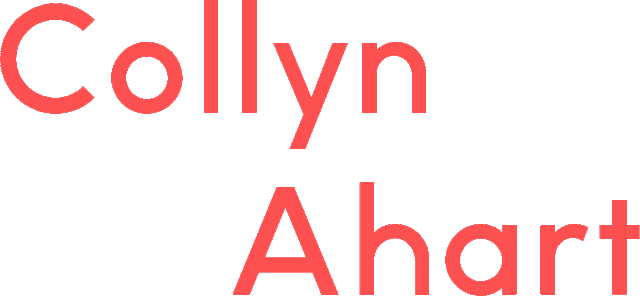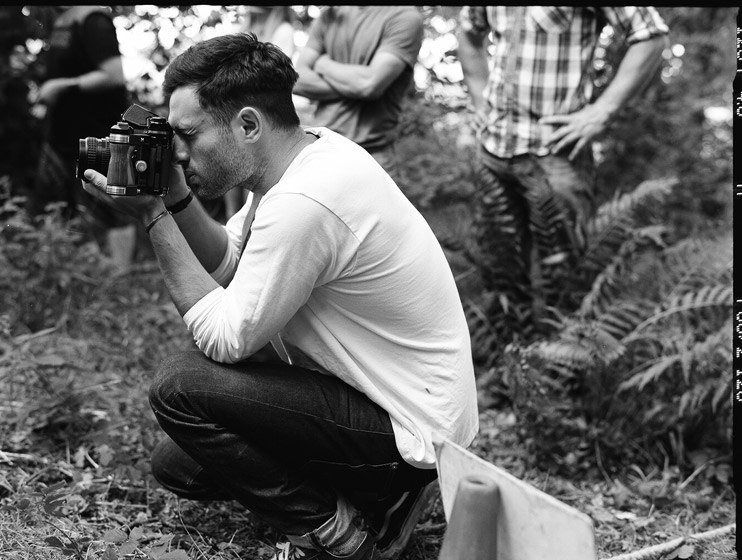Stand out from the category by understanding your true competition
What would you do if I told you selling bicycles doesn't mean you're in the cycling category? Or just because you make olive oil, it doesn’t mean you have to compete in the olive oil category? You might rent hotel rooms, but you’re not really in the hotel business. These are all examples of repositioning challenges I’ve helped clients overcome in the last few months.
This tool is a strategy for when you’re faced with a lot of competition from similar companies offering similar products. It boils down to one simple insight: You’re competing for dollars based on what purchase is going to best fulfil emotional and social needs, not functional ones. A lot of brands spend millions (billions!) of marketing dollars trying to "own" emotional states, but all too often, these needs are best fulfilled for customers when they spend money in very different ways.
In other words, you make bicycles, but your customers might not take their money and buy another bicycle. What if, because of where you make your bikes and the community it employs, they see buying your bicycle as a more fulfilling alternative to giving to charity? You’re not playing in the bicycle category, you’re playing in the space of personal philanthropy. You're now competing for philanthropy dollars, not bicycle dollars.
You might sell ice cream so think you're competing for ice cream dollars. You sell whisky so you think you’re competing for whisky dollars. You sell cars and think you’re competing for driving or mobility dollars. But it’s more complicated. Let’s call this "having a functional category”. However, when dealing with the emotional creatures that are humans, emotional and social satisfaction can come from almost any source.
If you’re in the business of selling Tesla cars, your prospective customers are unlikely to be seriously engaged in comparing Teslas with Hondas. Tesla isn't competing for your car dollars. Driving a Tesla just feels different. Driving a Tesla is a pretty affordable way to feel like you’re one of those people going to Mars. It makes you feel like you’re part of a specific tribe of people - who don’t necessarily all drive Teslas, but they invent stuff, they challenge norms, they might be entrepreneurial, they might be great visionaries, or pioneers of environmental sustainability. Tesla is competing for human progress dollars, more akin to gene editing and space travel than it is to Honda or Ford.
When we buy products we feel, think, and tell ourselves all sort of things about the purchase. What it says about us. How it satisfies a particular emotional or social need/desire. How it is a more affordable way to experience a certain set of feelings.
Standing out from the crowd
One of the most well-known examples of repositioning an emotional category is Haagen Dazs. As more and more premium ice creams and frozen desserts entered the market, it became impossible for the brand to compete on price, production story or even quality attributes. It was only when Haagen Dazs realised it was actually in the business of indulgent luxury did it manage to create a competitive differentiation. They’re not competing against other ice creams - of which they were the most expensive. Instead, Haagen Dazs positioned itself as one of the most affordable luxuries money can buy. It’s not expensive ice cream. It’s an affordable way to treat yourself to a little bit of indulgent luxury - like a spa day, or a bottle of champagne. Haagen Dazs started behaving like it belonged in the indulgent luxury category and no longer felt the need to play by the same rules as the rest of the ice cream sector when it came to communications, price or retail experience. People were not paying for ice cream, they were paying to feel a little bit of indulgence.
Most brands never understand this big-picture because they see consumer dollars as mostly rational: aka "a person wants to buy ice cream so he’s going to buy this ice cream brand from his 'ice cream dollars' pot". But most people don't have an 'ice cream dollars' pot. Brands don’t operate in a bubble: you’re competing for dollars that can be spent in any way customers want. Wouldn’t your marketing budget be better spent if you didn't have to play by the same rules as all the other companies who make similar products?
Example: Hiut Denim
As a reader of this site, you probably know the story of Hiut Denim already. But here’s a different way of looking at how they’ve been able to out manoeuvre other jeans brands. Hiut have never been in the category of jeans. With communications and marketing behaviour squarely in the world of creative ideas, local manufacturing, “doers”, and start-up culture, their jeans are just a souvenir of a much bigger set of values and stories. Hiut doesn’t have to compete on price (or arguably even quality-attributes) in the way other brands do. Objectively, Hiut probably don’t make the world’s “best” jeans (how would this be measured in any case?). But they do offer one of the world’s most accessible, powerful ways to feel like you are a part of a tribe of makers.
For most people founding a startup, reviving a factory in your local village, or crafting things with your hands are all too often beyond reach. Most people Hiut consider their customers probably work in offices and studios, sitting behind a computer screen. They are, as Hiut often describes, “ideas people”, but they often long to work with their hands, to make a difference in the world, to create something that will, proverbially, "put a dent in the universe". Wearing a pair of Hiut jeans taps this ache, this need, this desire. Hiut don’t have to compete with other denim brands because wearing a pair of their jeans is scratching an itch for something else entirely: the desire to make something that matters. Hiut doesn't ask for your "jean dollars", it asks for your "creative maker dollars", an infinitely bigger pot.
If your product is sub-par, this approach doesn’t work. Your product needs to be just as good if not better than most of all the other similar products out there. But this strategy is designed exactly for those good-enough products that struggle to differentiate on rational qualities- or priced-based terms.
And on that note, you can’t just wish your brand into a different category. Haagen Dazs was able to reposition based on real insights about the way customers felt. Not every brand can do what Hiut Denim has done and align itself in the category of creative making. If you suddenly start claiming your smoothie brand is in the category of adventure with nothing to back that up, people will call bullshit. You cannot lie your way into a successful category repositioning.
What does this shift in mindset free your brand from? Maybe you no longer need to go to trade shows? Maybe you can buy media in a magazine where people will actually notice you, aka, cutting through the noise. Maybe it will mean you can target customers in a very different way based on their interest in your emotional category rather than the functional one.
How to do it:
Start by making sure your product is actually on par with the functional competition. Are you finding it hard to compete on price? Do most other companies making similar products have similar product descriptions? Similar approaches to marketing? Do they all tell similar stories? OK. If you’re on par with, or better than these companies’ products, go on to step two.
Make a list of all the potential emotional fulfilment a person might feel when using your product. Think about your product’s heritage, usage occasions with the strongest emotional story, the type of people who already flock to it, its provenance and potential myths associated with it. These are your first clues.
Identify the ‘categories’ that best fulfil those emotional needs. Think big, but get specific. Your brand is probably not in the category of “love”, but it might be in the category of “self love”. Your brand is probably not in the category of “family”, but it might be in the category of “parenting tools”.
Now, look at how your brand might behave according to its new category? What shops might you see it in? What kind of packaging would it come in? Would you still go to trade shows? Would you be available in travel retail? Would you still use the same influencers or might you look for different people? How does this new category help you cut through the noise made by companies that offer similar products?





